Project background
Vitamin D is a fat soluble steroid derivative, mainly including VD2 (ergocalciferol) and VD3 (cholecalciferol). In the liver, vitamin D is hydroxylated to 25 hydroxyvitamin D, which is mostly combined with vitamin D binding protein (VDBP) and enters the circulatory system; 25 hydroxyvitamin D is the main transport form of vitamin D in the blood, with high and stable concentration and long half-life. Its concentration is considered to be the best indicator to evaluate the level of vitamin D [1].
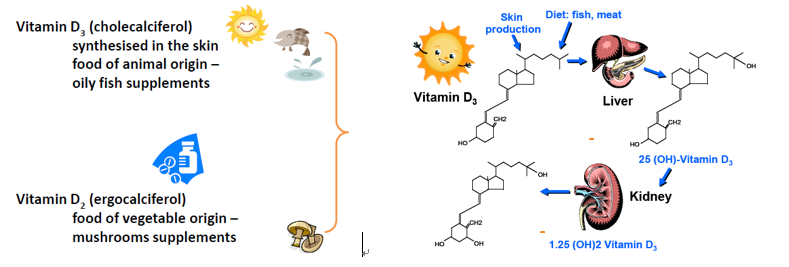
It is estimated that about 30% - 50% of children and adults in the world are deficient in serum 25 hydroxyvitamin D, especially in pregnant women [2,3].
Difficulties in raw materials
As a project with extensive clinical needs, 25 hydroxyvitamin D has encountered many difficulties in the research and development of platform materials such as luminescence and immunofluorescence, mainly focusing on the following aspects:
l Development of small molecule antibody;
l Development of 25 (OH) D specific antibody;
l Compatible with the development of 25 (OH) D2, 25 (OH) D3, 3-epi-25 (OH) D3 antibodies;
l Screening of 25 (OH) D2, 25 (OH) D3 and other specific antibodies;
l Antibody raw materials should have enough quantitative range to cover the clinical "insufficient" and "excessive";
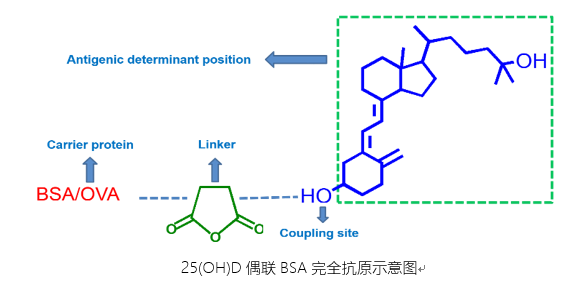
After long-term R&D work, Tongrenxin's R&D team has successfully developed two pairs, basically solving the above problems.
Overview of Tongrenxin 25 hydroxyvitamin D raw materials
In the immuno platforms such as chemiluminescence, enzyme-linked immunosorbent assay and fluorescent paper, we recommend the "competition method" to detect this project. According to the specific detection objectives, we recommend the following combinations of raw materials:
Detection target | Article No | Clone number | category | Subtype | Recommended |
total25(OH)D (containD2&D3) | GD11 | BSA-25VD | antigen | IgG1 | Wrapping |
GD21 | 1C7 | antibody | —— | sign | |
25(OH)D 3 (Detect onlyD3) | GD12 | BSA-25VD3 | antigen | IgG1 | Wrapping |
GD22 | 17E11 | antibody | —— | sign |
Combination 1:Antibody 1C7 can recognize 25 (OH) D2 and 25 (OH) D3 at the same time. The matching antigen BSA-25 (OH) D is coupled with 25 (OH) D2 and 25 (OH) D3 at the same time. This combined mode can be used to detect the total 25 (OH) D in the sample;
Combination 2:Antibody 17E11 can specifically recognize 25 (OH) D3 without cross reactivity with 25 (OH) D2. The matching antigen BSA-25 (OH) D3 is only coupled with 25 (OH) D3. This combination can be used to specifically detect 25 (OH) D3 in samples。
Performance of Tongrenxin 25 hydroxyvitamin D raw material
? VD2&VD3Specific competition results
It can be seen from the data that 1C7 has obvious competitive effect on VD2 and VD3; 17E11 has competitive effect only for VD3。
? Sensitivity and detection range
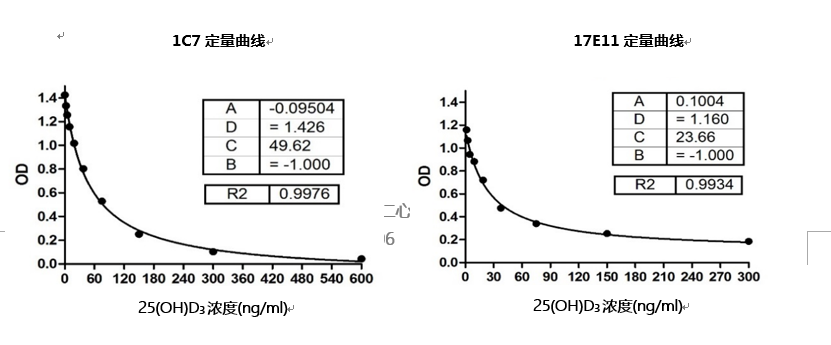
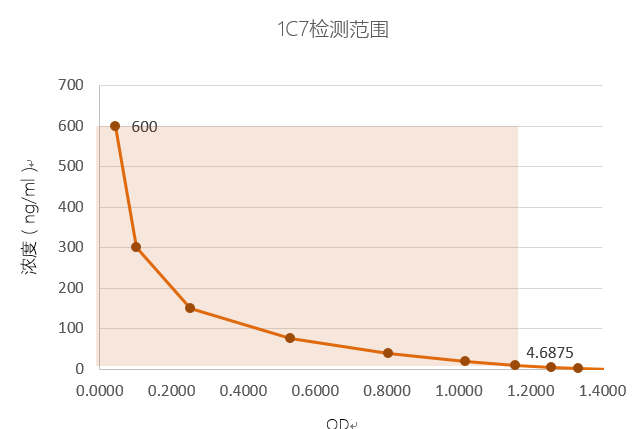
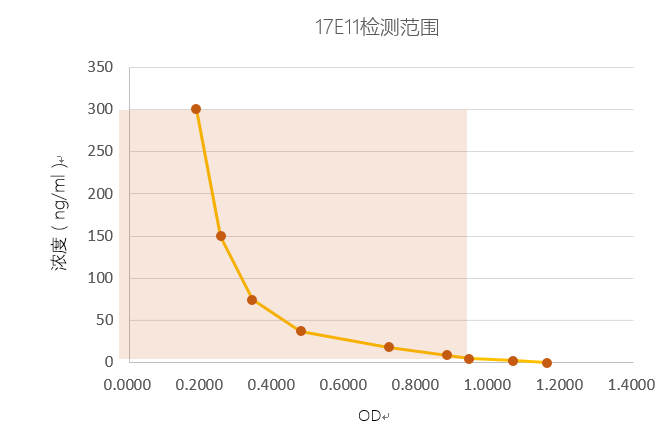
In both combination modes, raw materials can be accurately quantified in the range of 3-300ng/ml. (Roche reagent quantitative range: 3-70ng/ml; Abbott reagent quantitative range: 8-160ng/ml)
? Cross reactivity
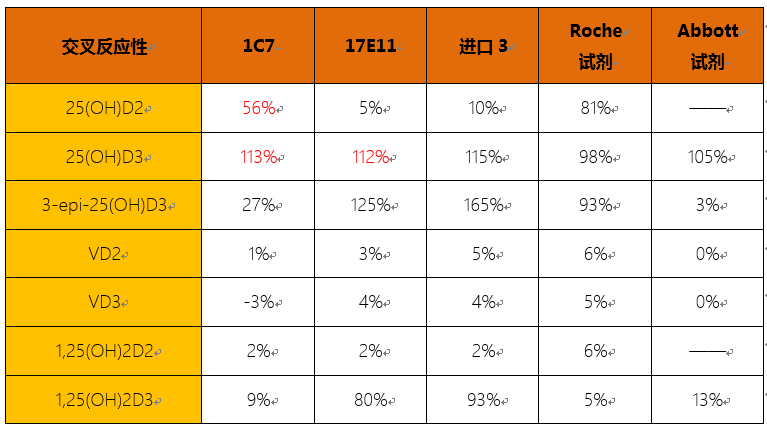
notes:Roche/Abbott is the data in the reagent manual
? Comparison of reference materials
The researchers selected some major VD antibodies in the market, together with Tongren's antibodies, and carried out a preliminary performance evaluation:
In the case of the same labeling concentration, the antibody was diluted in gradient to investigate the activity of the antibody:
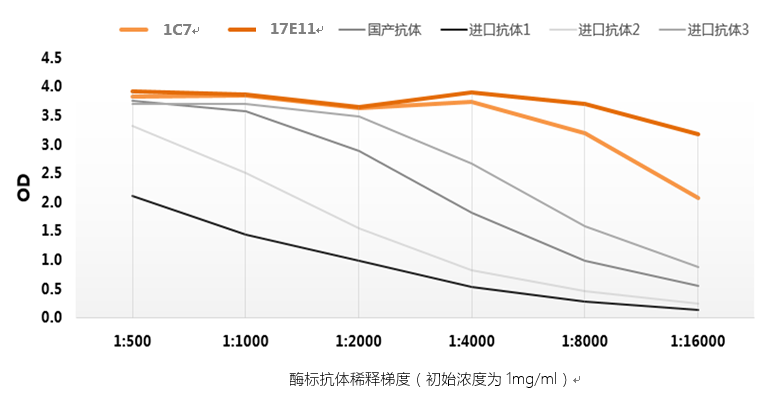
It can be seen that the antibody activity of Tongren Heart is significantly higher than that of the control antibody。
In addition, under the condition of similar competition effect, the amount of antibody used in each group was compared:
It can be seen from the data that when the competition effect is equal, the use concentration of peer heart antibody is lower.
Main precautions in application
1. Suggestions on salt concentration in the system≤50mm;
2. Avoid the use of animal sources such as calf and sheep serum, unknown components, and foreign 25OHVD or other animal proteins in the system to interfere with the evaluation results。
reference
[1] Holick MF Chen TC. Am J Clin Nutr 87(suppl),1080S – 1086S, 2008.
[2] Tao M, J Maternal Fetal Neonatal Med., 2012 Mar;25(3):237-9
[3] 《中國人群維生素D營養狀況》,吳光馳,中國婦幼衛生雜志,2010,1(1):51-54
[4] 《維生素D與成年人骨骼健康應用指南(2014年標準版)》,中國老年學學會骨質疏松委員會維生素D學科組專家委員會:中國骨質疏松雜志,2014